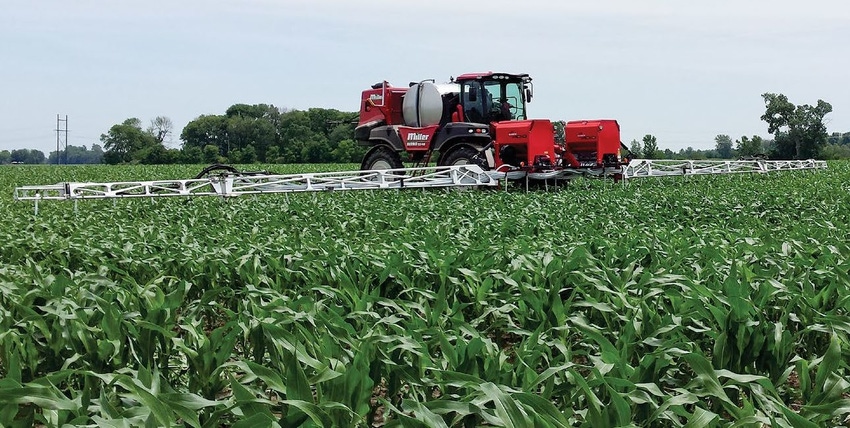
6 ways to seed cover crops
Think DifferentJerry Ackermann doesn’t need convincing when it comes to the benefits of cover crops. The Lakefield, Minn., farmer has experimented with several cover crops and seeding methods. “I’m getting braver,” he says. This is especially because he’s noticed the weed control benefits of cereal rye in the spring.He’s interested in a still-experimental planting method that’s getting a lot of buzz these days: interseeding annual ryegrass into corn, when plants are at the six- to 10-leaf stage. The cover crop germinates, then goes dormant when the canopy closes. In late August, when the canopy opens, it resumes growing. Ackermann trialed it on six acres of his farm this year.
August 19, 2014

About the Author(s)
You May Also Like



